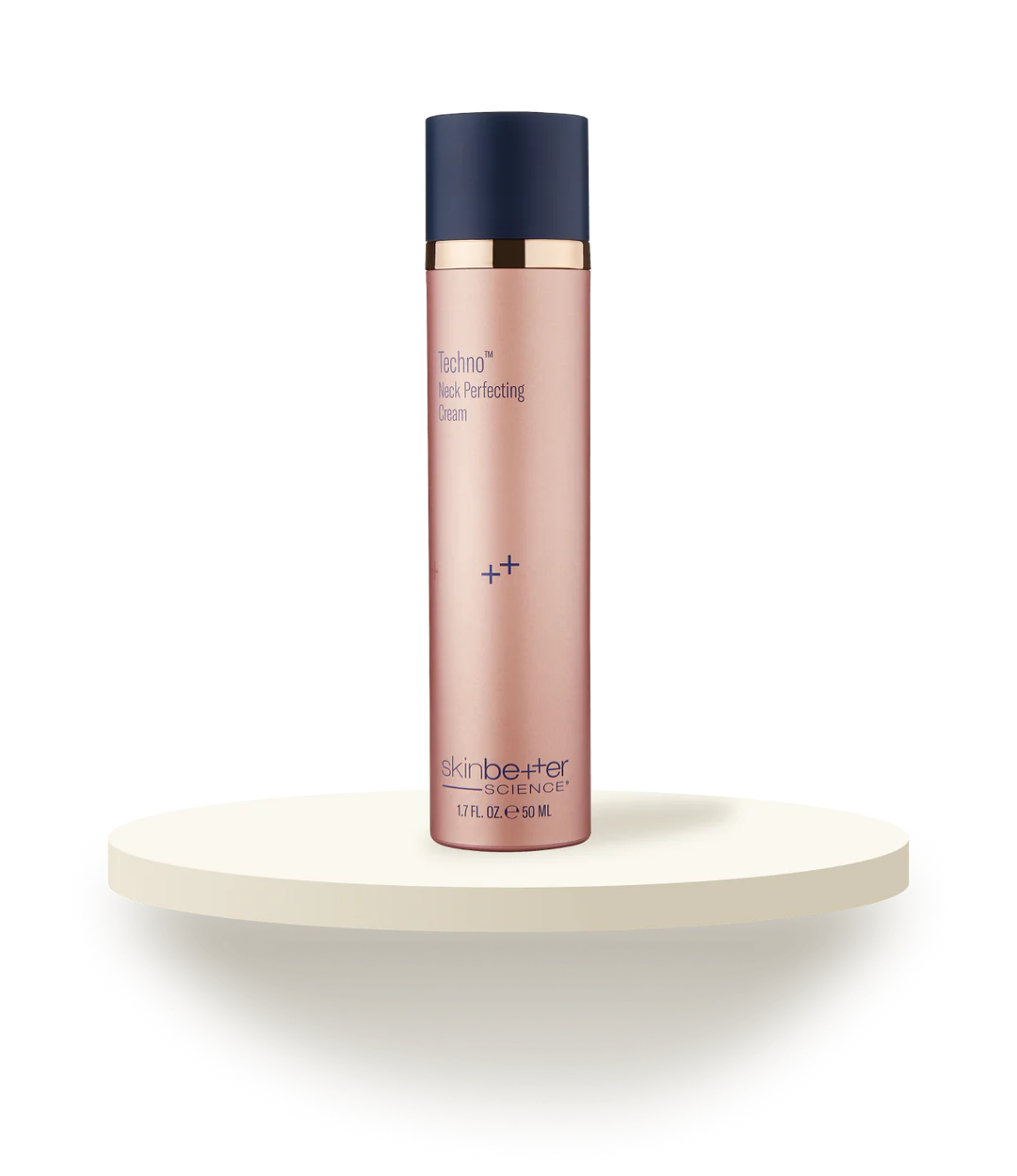What are the Differences between Overjet and Overbite?
Overjet and overbite are not the same, although both conditions are marked by the upper teeth sticking out past the vertical plane of the bottom teeth.
MedlinePlus defines both as follows: “Overbite is defined as the vertical, or top-to-bottom, overlap of the front teeth while biting. Overjet is the horizontal, or front-to-back overlap of the front teeth while biting.”
The difference between an overjet and an overbite is in the horizontal angle of the upper teeth. An overjet causes the upper teeth to stick out past the bottom teeth at an angle, jutting out diagonally across the plane of the bottom teeth. With an overbite, the upper teeth are pointing straight downwards.
What are the Differences between Overjet and Underbite?
Overjet, which is a horizontal protrusion of the front upper teeth, is different from an underbite, which refers to the bottom teeth sticking out farther than the top teeth. An underbite can be caused by:
Undevelopment of the upper jaw (maxillary)
Overgrowth of the lower jaw (mandible)
Flared upper incisors
Missing lower teeth
A combination of any or all of the above
What causes Overjet?
Overjet is caused by the lower jawbone (mandible) failing to keep up with the forward growth of the upper jawbone (maxillary). This results in the bottom jawbone, and the teeth in it, being situated behind their optimal positions for an ideal smile
There are many factors that can contribute to an overjet, but the most common causes are a lower jaw that is short or underdeveloped compared with the upper jaw, and childhood habits such as thumb or finger sucking that persist when adult teeth start to come through.
What are the Signs and Symptons of Overjet?
Overjet is one of the various types of dental malocclusion. A malocclusion is defined simply as imperfect positioning of the teeth when the mouth is closed. Malocclusion is typically inherited, making it important to monitor children’s teeth as they are developing, especially if the parents also have malocclusions.
According to the American Association of Orthodontists (AAO), every child should have a check-up before age 7. AAO states, “Overjet is just one type of malocclusion that is most effectively treated when diagnosed early. We can guide a child’s tooth eruption and use growth to our advantage to correct overjet.”
That does not mean that adults with excessive overjet cannot be successfully treated. Orthodontic treatment can help to improve aesthetic concerns and oral function in people of all ages.
An overjet can be mild, moderate, or severe. Some of the most common symptoms of this type of malocclusion are:
Frequently biting the tongue or inner cheeks
Developing a lisp or other speech problems
Discomfort when biting and chewing
Unbalanced facial appearance
Habitual mouth breathing
Improper teeth alignment
Inability to seal lips
If you or your child have any of these signs or symptoms, then schedule a visit with your dentist or orthodontist to determine the best course of action.
Grades of Malocclusion
Malocclusion refers to the misalignment of the teeth. An overjet is one of the various types of malocclusions. When an orthodontist diagnoses a malocclusion, they will categorize it based on its severity and type. The three primary classifications of malocclusion as follows:
Class I malocclusion is when the upper teeth slightly overlap the bottom teeth. The person’s bite is still considered normal with this most common type of malocclusion.
Also called a retrognathism, a Class II malocclusion is diagnosed when the patient has a severe overbite. Most overjets are classified as this type of malocclusion. Class II malocclusions tend to be common. An estimated 25% of the global population have a Class II bite.
Class III malocclusion is diagnosed when the patient has a significant underbite. This causes the lower jawbone to protrude forward and makes the lower teeth stick out farther than the upper teeth.
What is Normal vs. Needing Treatment?
Normal treatment of a malocclusion means that there is no medical emergency or severe limitation of oral function. Options here include orthodontic treatments like dental braces, selective tooth extractions, and other dental restorations like veneers, bonding, and implants.
Needs-based treatment refers to cases where the patient cannot function normally or is at medical risk of trauma because of excessive overjet.
Children who have an overjet greater than 3 millimeters are about twice as likely to suffer traumatic dental injuries to their front teeth as those with overjet of fewer than 3 millimeters. The greater the overjet, the greater the risk.
When there is a medical need for correcting an overjet, more aggressive and invasive procedures may be necessary, including multiple tooth extractions and orthognathic surgery.
Treatment Options for Overjet
Dentists diagnose malocclusions routinely and most cases require no treatment. Slight malocclusions are very common. However, when a malocclusion is severe, the dentist will likely refer the patient to an orthodontist for further examination and treatment. The orthodontist might recommend any of various treatment options including:
Removal of certain teeth
Dental braces to straighten teeth
Dental bonding, caps, or implants
Orthognathic surgery to reform the jawbone
Metal wires or plates to stabilize the jawbone
Each patient receives a customized treatment plan based on age, orthodontic needs, and various other personal factors.
Some common orthodontic treatments for overjet and other malocclusions are traditional metal braces, Damon braces, lingual braces, clear aligners, tooth extraction, and orthognathic surgery.
Traditional Metal Braces
Traditional braces use metal brackets and archwires, hooks, and elastic bands called ligatures to gradually reposition the teeth and jawbones. Most patients wear these for 1-3 years to achieve the desired corrections. This system requires routine readjustments by an orthodontist.
New heat-activated archwires use your body heat to help teeth move more quickly and less painful than in the past. These are the least expensive, but still the most noticeable type of dental braces available today.
Classic metal braces have evolved quite a lot over the past few decades. The brackets are now smaller, much less noticeable, and available in various color choices.
Damon Braces
The manufacturer refers to Damon braces as, “A new clinically proven treatment approach that aligns your teeth and enhances your facial aesthetics—usually without extractions or rapid palatal expanders.”
This type of braces is passive and self-ligating, meaning they take away the need for elastic ligatures used with traditional systems. They have shape-memory wires and require fewer adjustments than classic metal braces.
Lingual Braces
Lingual braces are placed on the back side of the teeth instead of the front side like other types of braces. They also use brackets, archwires, hooks, ligatures, and other devices, however, they are positioned in front of the tongue and cannot be seen without close inspection. They are preferred by adults who do not want their braces to be seen.
Clear Aligners
Clear aligners are manufactured with strong, transparent plastic that is customized to fit the patient’s mouth. They are worn up to 20 hours daily, only being removed when brushing, flossing, and eating.
Clear aligners like Invisalign® blend in very well with the natural color of the patient's teeth. They are effective for correcting various types of malocclusion in adolescents and adults. However, they are not well-suited for cases of severe overjet, overbite, or underbite caused by jawbone irregularities.
Teeth Extraction
Selective tooth extraction is often one part of the plan for correcting an overjet or other dental malocclusions. MedlinePlus asserts, “A common option for correcting an excessive overjet is to remove the maxillary first premolars and then to retract the anterior teeth to shorten the maxillary arch. This is especially useful when a patient has a short mandible.”
Orthognathic Surgery
There are some cases where orthodontic treatment alone is not enough to correct excessive overjet and orthognathic surgery is recommended. This is especially common in patients with overjet caused by deficient mandibular (lower jaw) development. This may also involve repositioning the maxillary (upper jaw) teeth.

